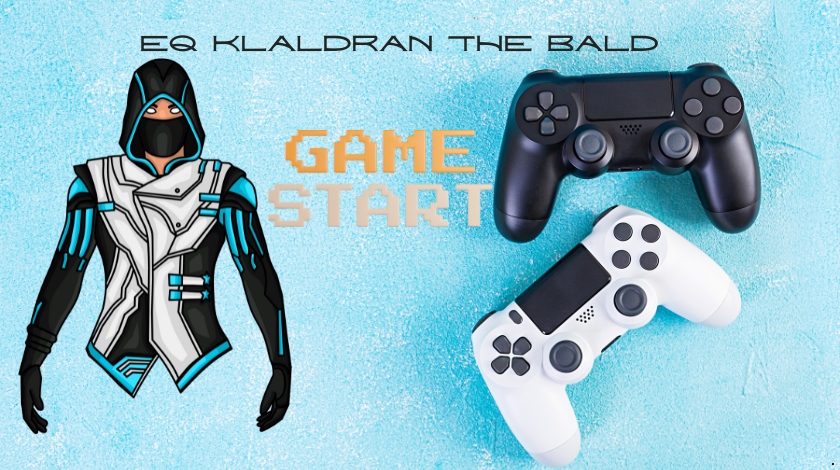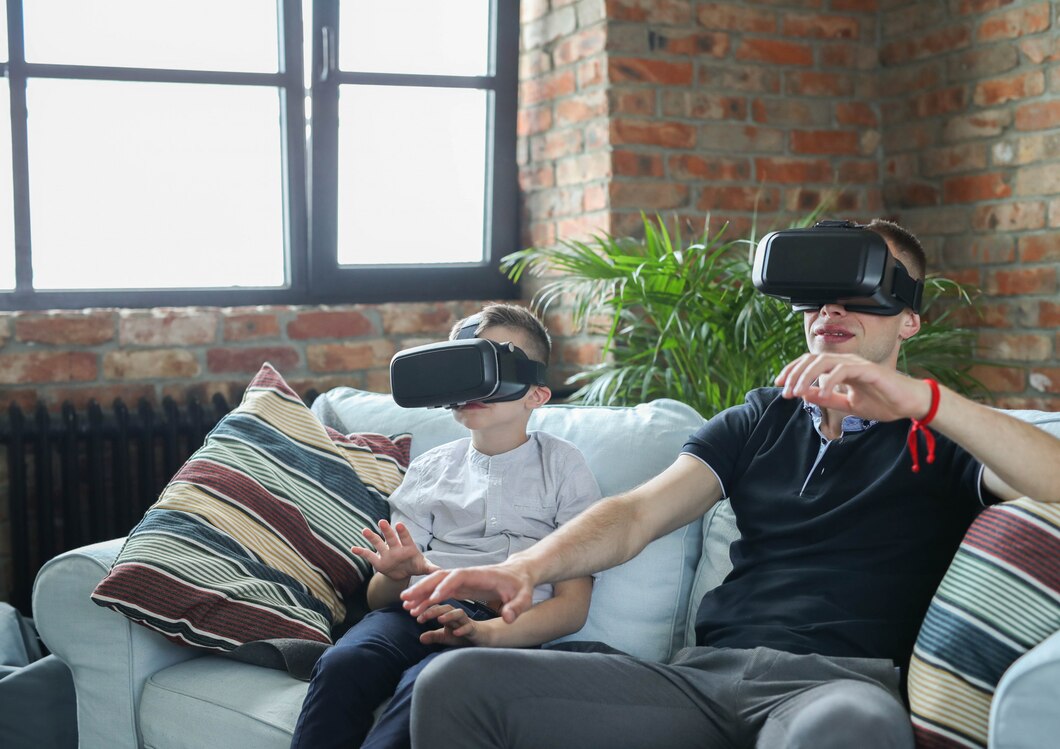Is Free Online Entertainment Really Free?

The costs of online entertainment can add up to expensive monthly or annual bills that might have you wondering about ditching the subscriptions and opting only for free alternatives. There are many free options, but most of us approach them hesitantly because we question what the catch is — can they really be free? And if they are truly free, is the product or service any good?
The reality is that many free streaming services and games have a catch or two, like subjecting you to ads to make money or limiting your access to content or features unless you upgrade to a paid option.
There are four standard models that free entertainment services use to financially support their services:
- Freemium
- Subscriptions
- In-App/In-Service Advertising
- In-App/In-Service Purchases
Most of these allow platform or app users to use their services for free with paid options that users can take or leave. Some entertainment providers may even include a combination of the business models. Let’s look at how each one works and what the “catch” of each model is.
1. Freemium Models
These types of models allow users to download and use apps or services for free. The catch with platforms using freemium models is that they restrict your access to all the features or content available on premium or paid versions of the service.
You’ve likely encountered this free entertainment model with free streaming services. Free services like Peacock TV and Pluto TV allow users to watch a selection of shows or movies for free, but they’ll also have a collection of content that is only accessible to users who pay for a subscription or an additional fee.
Similarly, gaming apps that allow users to play free casino games for fun also enable them to make additional purchases while playing to enhance gameplay. More often than not, these gaming platforms combine freemium models with in-app purchases.
2. Subscription Models
Subscription models typically use free trial periods. Unlike freemium models, users of these services get full access to all parts of the entertainment service. The catch with this model is that once the free trial period is over, the app or platform is only usable if the person pays for a subscription.
Many different online services use this model, including entertainment services. Amazon is an example of an entertainment service that uses this model. It offers a month (or sometimes several months) of free services for new subscribers, who are called Prime Members. During this period, Prime Members can try everything as if they’ve paid full price, which includes free shipping, streaming services, and music.
This model aims to have people enjoy the service enough to pay for it or not be bothered to cancel the service at the end of the free period. It’s a similar concept to stores offering free samples. The samples draw people into the store and entice them to spend money on it.
3. In-App/In-Service Advertising Models
Many free apps and platforms rely on advertising to fund their service. Ads can come in a range of forms. In gaming apps or platforms, banner ads typically appear on the main pages of the gaming app, and full-page ads may also occur during gameplay. In streaming services, there will usually be commercial breaks with video ads. In some cases, you may find in-game ads that are more subtly included, and you can think of them as a form of product placement.
Entertainment services that use these ad models get paid for different outcomes, including pay-per-view, pay-per-click, or pay-per-action (like downloading an app or buying something).
4. In-App/In-Service Purchasing Models
In-app purchases are a popular model that many free services and game providers use. Games that allow anyone to play for free will add incentives like ad-free gameplay, objects to facilitate gameplay (like coins), or allow for more gameplay in a single setting. Streaming services may add shows and movies to their content collection but require an additional fee to watch them. This is common on Prime Video and Apple TV streaming services.
What About the Non-Monetary Costs?
Sometimes, the catch with free services can impact us with non-monetary costs. Instead, they can cost people their time, and in some cases, they can create a sense of FOMO (fear of missing out). Usually, the time cost is small compared to the amount of time you get to watch free content. It’s usually only a few minutes for almost an hour of content — compared to commercial breaks that could add 15 to 20 minutes of ads to watching an hour of TV, this amount seems negligible.
The FOMO, on the other hand, can be more impactful. Tom’s Guide editor Kelly Woo experimented with only using free streaming services; for her, the FOMO made it the most challenging part.
She felt left out of discussions on the latest binge-worthy shows, saying, “Cutting Netflix, HBO Max, and Disney Plus out of your budget doesn’t just mean you lose access to their content — you also lose the ability to participate in face-to-face or virtual watercooler conversation.” Of course, this cost is far more subjective, and not everyone will be bothered by it.
Conclusion: Is Free Really Worth the Price?
The truth is, most ‘free’ things do include a catch of some kind, but this doesn’t mean that the quality of the service is any less good. Instead, access to features or content may be limited, or users must sit through ads. The savings are worth these catches for many people, while others would rather bypass free options and pay for the ad-free, full-featured experience.




